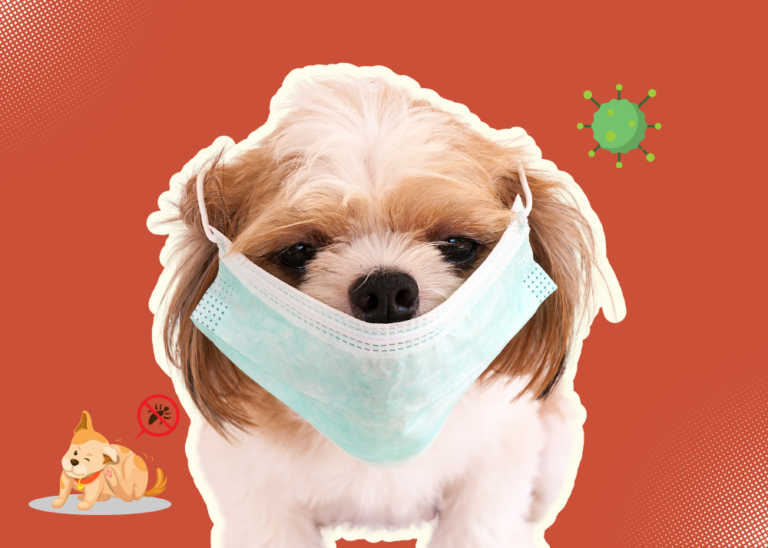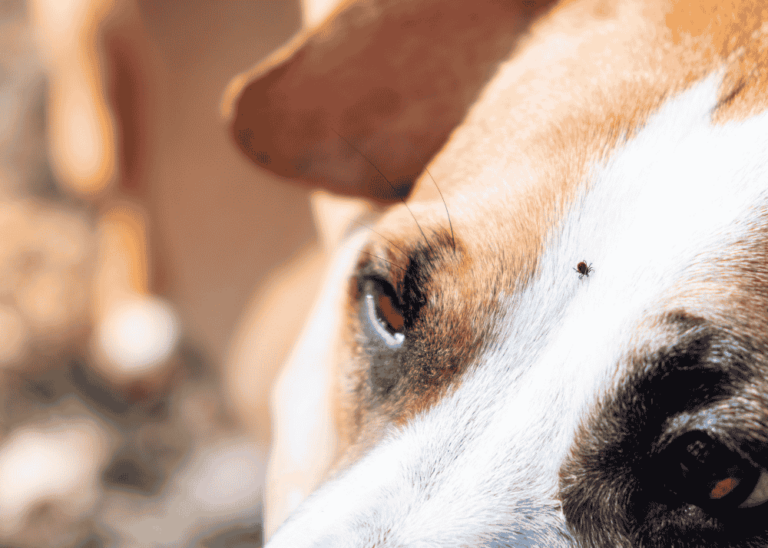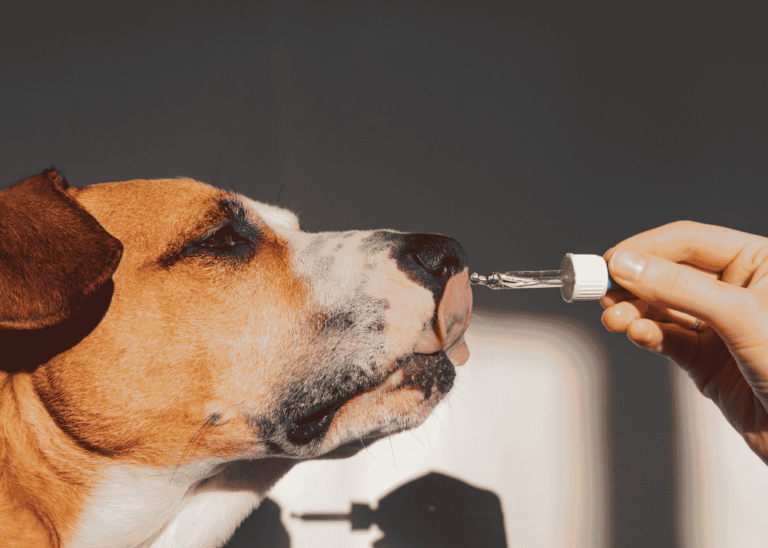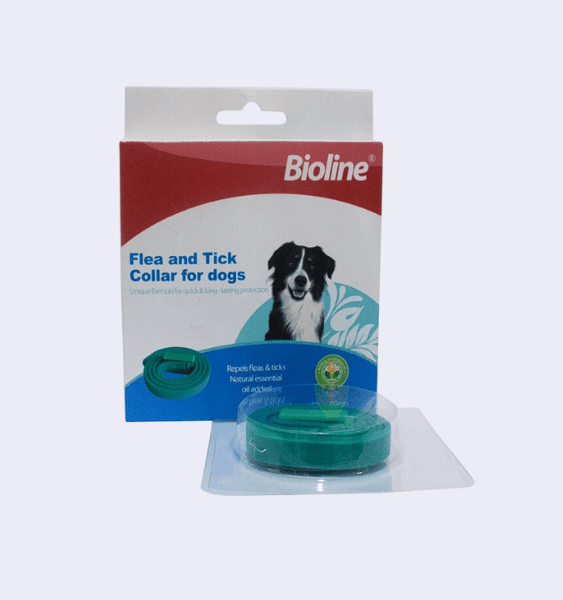As the warm weather rolls in, we look forward to outdoor activities, longer days, and more time with our pets. However, for many dogs, the summer season can also mean the arrival of pesky allergies. Just like humans, dogs can suffer from seasonal allergies, especially during the hot months when allergens are at their peak. Understanding what causes these allergies, how to identify them, and what you can do to help your furry friend is key to keeping them comfortable during summer.
Common Causes of Summer Allergies in Dogs
-
Pollen
Trees, grasses, and weeds release more pollen during the summer months, which can lead to allergic reactions in dogs. When inhaled or absorbed through their skin, this can cause itching, redness, and irritation. -
Fleas and Mites
The warm weather is a prime breeding season for fleas and mites. Dogs allergic to flea bites can develop severe itching and skin infections from just one bite. -
Dust and Mold
Increased humidity and outdoor activity stir up more dust and mold spores, which can trigger allergic reactions in dogs sensitive to these irritants. -
Chemicals and Pollutants
Lawn treatments, pesticides, and even swimming pool chemicals can cause allergic reactions in dogs. Direct contact or even just inhaling these substances can cause discomfort.
Symptoms of Summer Allergies in Dogs
While every dog may react differently to allergens, there are some common signs of summer allergies in dogs to look out for:
- Excessive scratching: Constant scratching or licking, especially around the paws, ears, or face.
- Red, inflamed skin: Skin irritation or the development of hot spots.
- Watery eyes and sneezing: Respiratory symptoms similar to human allergies.
- Ear infections: Dogs with allergies often experience ear problems due to inflammation or increased moisture.
- Hair loss: Constant scratching can lead to thinning fur in certain areas.

How to Treat and Prevent Summer Allergies in Dogs
If your dog is suffering from summer allergies, there are several steps you can take to ease their discomfort and prevent future flare-ups.
-
Keep Your Dog Clean
Regularly bathing your dog can help remove allergens like pollen and dust from their coat and skin. Use a mild, hypoallergenic shampoo to soothe irritated skin and avoid exacerbating the issue. -
Flea Control
Implement a strong flea prevention routine during the summer months. Flea collars, topical treatments, and regular grooming can help reduce the chances of flea bites. -
Wipe Down After Walks
After spending time outdoors, wipe your dog down with a damp cloth to remove any pollen or dust from their fur and skin. Pay special attention to their paws and belly, where allergens can accumulate. -
Limit Exposure to Allergens
If you know certain areas are heavy with pollen or chemicals, limit your dog’s exposure. Try to walk your dog in the early morning or late evening when pollen counts are lower, and avoid freshly treated lawns. -
Use Allergy Medications
For severe allergies, your vet may recommend antihistamines, steroids, or even specialized allergy medications for dogs. Be sure to consult with your vet before giving any medications to your pet. -
Consider Hypoallergenic Diets
Sometimes, food allergies can worsen during certain seasons. Switching to a hypoallergenic dog food, or adding supplements like omega-3 fatty acids, may help alleviate some symptoms of skin irritation.
When to See a Vet
If your dog’s allergy symptoms persist or worsen despite home treatments, it’s important to consult your veterinarian. Persistent scratching, hair loss, or inflamed skin can lead to infections, which require professional medical treatment. Your vet can also help pinpoint the specific allergen causing the reaction and prescribe the best course of action.






